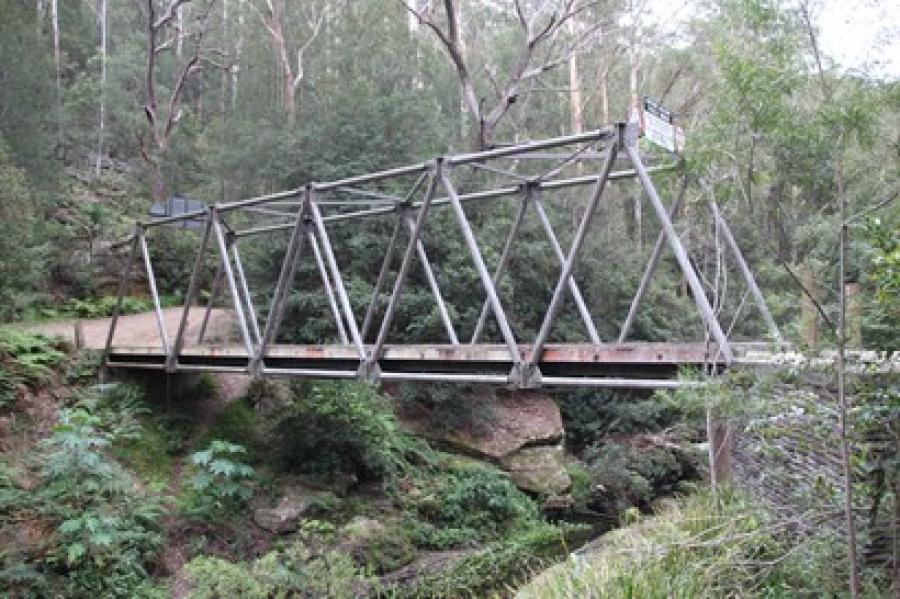Authors: Dr Sue Rosen & Dr Sid French
Client: NSW National Parks and Wildlife Service
The object of this Heritage Impact Statement and Statement of Significance was to assess the impact on the heritage qualities of Steele Military Bridge of the addition of hand rails to the structure. The bridge has a span of 70 feet (21.33m) and was installed over Berowra Creek in 1969 by Hornsby Shire Council.
European occupation of the catchment did not commence until 1816 when a timber getting establishment was founded at Pennant Hills. In the 1830's and 1840's, shingle splitters worked along the creek, cutting shingles from She Oaks. By 1885, boats from downstream were travelling up Berowra Creek and in the early 20th century fruit growers used the creek to transport produce to market.
The Steele Bridge over Berowra was constructed in 1969 by Hornsby Council. This type of bridge was designed by Major General Clive Selwyn Steele, KBE, DSO, MC, VD, Engineer-in-Chief, Australian Military Forces in the early 1940s and used during WWII as an adaption of the Bailey Bridge system. It is a light and efficient system suitable for spanning crossings of up to 59.7 meters. The bridge was designed to extend the range of gaps that could be spanned and to carry the heaviest of military loads likely to be encountered in Australia. It was designed for lightness and ease and simplicity of manufacture, transport and erection. Repair of damaged parts could be achieved with welding.
Two theories have been put forward as to the reasons for the bridge’s construction, one is that Council was commissioned by the NSW Electricity Commission. At that time new power lines were under construction. The other theory is that the bridge was installed to provide access for fire-fighting vehicles It has been claimed that the bridge is one of only four in service in Australia.
